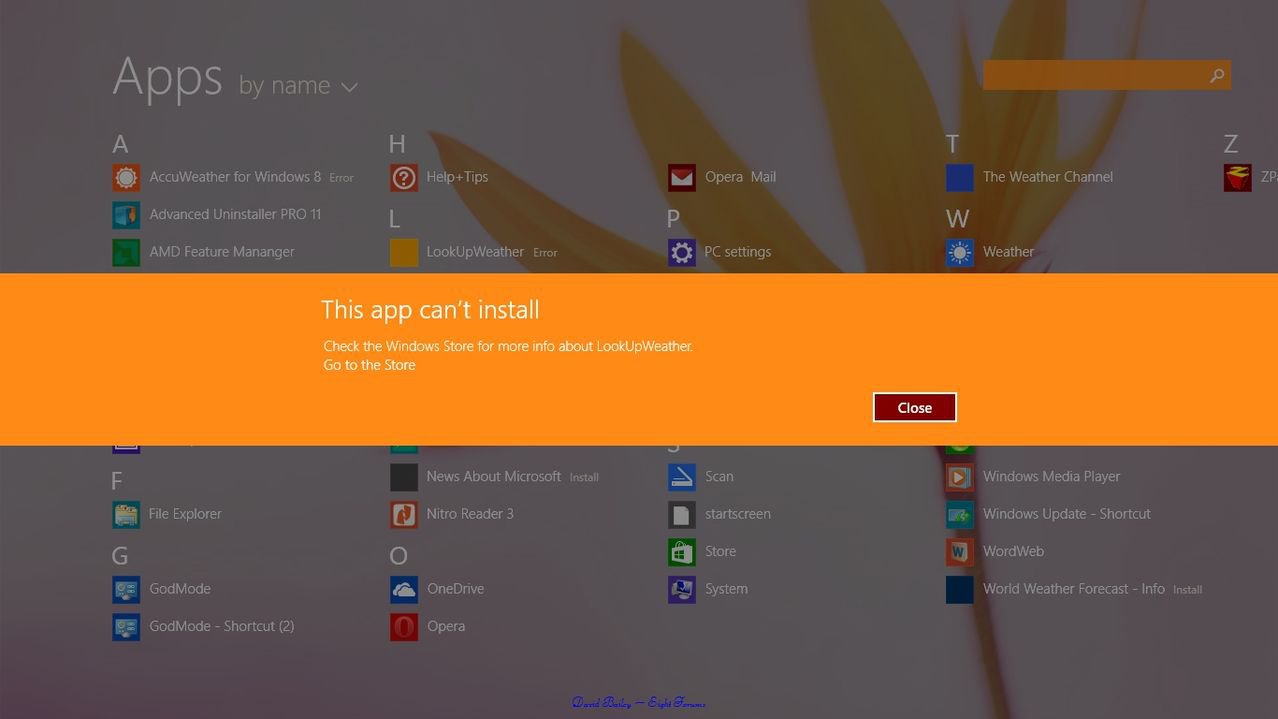asvent, you do realize that Java still has a huge hole in it, that has not been patched. .net also has a lot of issues that MS has not resolved, same with TragicX, which Metro & both Windows 8 & 10 heavily rely on to work.
Okay... Once I could write off as just an honest mistake, but now I have to ask if you're actually reading and comprehending what is actually being said. I only referenced the initial selling point of Java with the whole "write once run anywhere" slogan that was a complete load because it was basically impossible to write a program that did anything useful that would qualify. I never said anything about Java security or really anything else about the language.
If you're going to have an imaginary conversation with me, I'm not going to be held responsible for things you imagined me saying.
You need to start paying attention to what is going on with MS, by getting out of the forums and reading the real news of the negative direction MS is going.
It is sad that in order to keep the company alive, they now have to finally get on board with Google & Linux development to save theirselves. Face the fact, that the ship is sinking and even 10 is not going to save it going underwater.
I have... Microsoft is in a major transitional period right now. Not only is a multi-decade and multi-CEO effort to unify the disparate Windows variants finally starting to come together, but Microsoft is adopting a more agile inspired development model. They're trying to speed up the pace at which programs get released, having more frequent releases with fewer changes per release.
Windows on the desktop isn't going anywhere soon. It would cost probably tens of TRILLIONS of dollars for all the Fortune 500 companies to switch to anything else and no CTO, CFO or CEO is going to be the one who signs off on that when it would send the stock price into a tailspin, since stock options make up a huge chunk of their compensation package. Not to mention, what would they switch to? Mac OS X? Apple's business model is too disruptive, Apple has a nasty habit of not bothering to tell anyone when they stop supporting any given OS release, they have never supported an OS as long as Microsoft has and there's nothing even beginning to approach ActiveDirectory for OS X. Repairing and upgrading Apple units is getting increasingly difficult the more Apple solders everything to the logic board, so company IT staff couldn't even do much in the way of basic triage. Linux then? Hardware support for new systems is still spotty at best and the open source community is prone to a lot of infighting and major disruptions happening on a whim of a few people. Plus even LTS distributions are only supported for 5 years, about half that of Windows. Also, while you can lock down Linux pretty effectively, I've never seen anything like ActiveDirectory that lets an admin control a large number of systems from one location. So then maybe go with a bunch of Unix workstations from HP or one of the others? Now you've got a mix of problems such as limited hardware options a la Apple, plus you'll be paying significantly more for it. This is before you have to rewrite any/all custom programs your company wrote because most HP Unix workstations will be using the PA-RISC CPU. HP will absolutely bleed you dry on support contracts too, making you pay annually to receive even security updates to the OS. I wish that I were making this sort of thing up, but I'm not. The things we take for granted in the Windows world, like security updates, you have to pay for in the commercial Unix world. There have been lawsuits where HP or Oracle sues some little third party support company for providing these kinds of updates to people who bought hardware from HP or Oracle. Android/ChromeOS and iOS are not even viable options on their face right now.
One other thing to consider is if a company has a major ERP program like SAP. You ever tried using the web interface for SAP? I fortunately only have to use the portal aspect of it and that's more than enough. As bad as the Windows "native" interface is, I will take that in a heartbeat over anything else I've seen. Plus, once a company spends the tens or hundreds of millions of dollars it takes to implement SAP, which usually consists of paying some developer obscene amounts of money to write custom modules for SAP to make it work like your business or turn your business upside down to work like SAP says it should... You seriously want to propose the company just walks away from that and start over?
You need to remember that you and I are not Microsoft's core customer. They're happy to sell us stuff, but in the end we don't matter. Microsoft is interested in the enterprise customer, the Fortune 500 companies. Companies that will buy volume licenses for Windows, then licenses for ActiveDirectory, Exchange, SQL Server, the works, to go along with it. You and I buying one or two computers every couple of years is insignificant. You also need to remember that Microsoft became the dominate player because, as bad as they are, they are still heads and shoulders better than everyone else that Enterprise customers might go to. Compared to basically everyone else, they're cheaper, support their products longer, and the tight integration of products makes administration quite a bit easier.






















